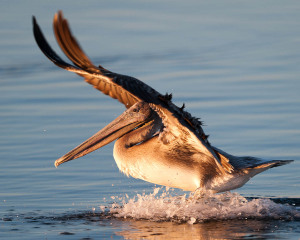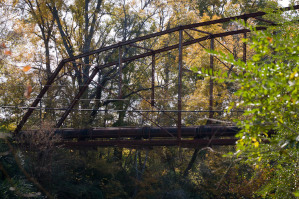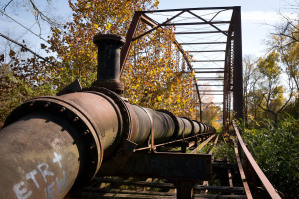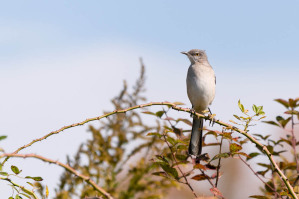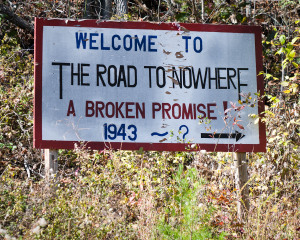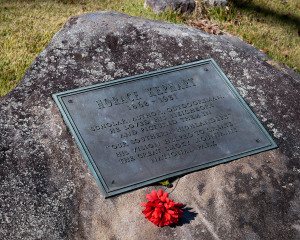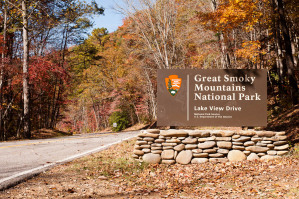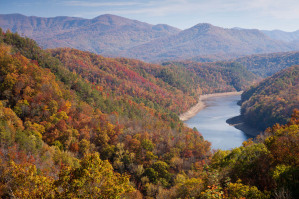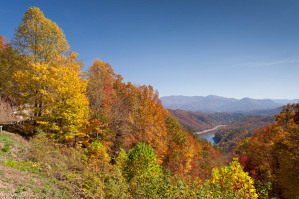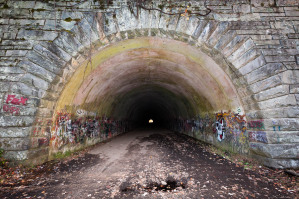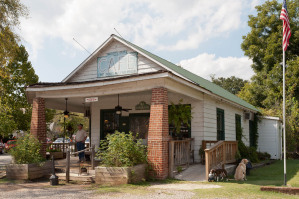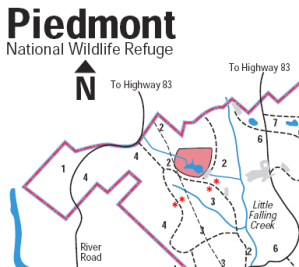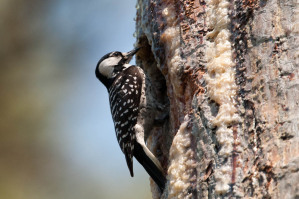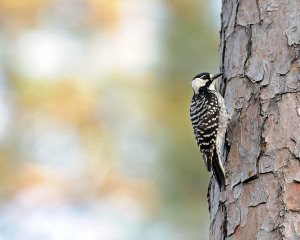It’s Thanksgiving 2011 and the wife and I hit the road to visit my Mom in NC and then on up to the Tidewater area in VA to see her family. This coastal region is always a treat to go to if you enjoy viewing wildlife and especially water birds.
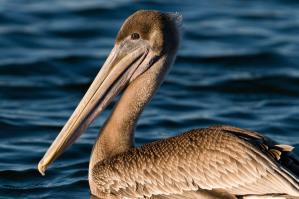 The “featured bird” on this trip was definitely the Brown Pelican. We saw several of them at many of the birding hot-spots. One particular area that was fantastic was Messick Point in Poquoson, VA. The public boat landing there was filled with pelicans and they were quite close to the dock.
The “featured bird” on this trip was definitely the Brown Pelican. We saw several of them at many of the birding hot-spots. One particular area that was fantastic was Messick Point in Poquoson, VA. The public boat landing there was filled with pelicans and they were quite close to the dock.
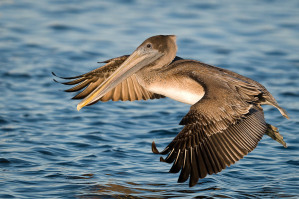 The challenge was trying to find a single bird amongst the flock that could be isolated. Wing shots were tough because of all of the boats, pilings and background clutter. But, the light was great and a bit of patience paid off. Over two days, I ended up nearly filling a memory card with nothing but pelicans. They are such interesting birds and look almost prehistoric.
The challenge was trying to find a single bird amongst the flock that could be isolated. Wing shots were tough because of all of the boats, pilings and background clutter. But, the light was great and a bit of patience paid off. Over two days, I ended up nearly filling a memory card with nothing but pelicans. They are such interesting birds and look almost prehistoric.
Touchdown!
The “featured bird” on this trip was definitely the Brown Pelican
Our next stop was a visit to Lake Biggins in Huntington Park. This is the oldest public park in Newport News, VA and part of the Newport News Park system. The entire park is only about 60 acres. There was a brief appearance by a juvenile hawk and several mallards, wigeon and canada geese.
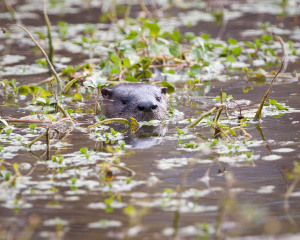 The most interesting critter this day was a playful little river otter. He was very busy diving, finding lunch and munching away. Briefly, he would surface for air and then slip below the water again. Fortunately, I could track his trail of bubbles and predict where he would surface so I could grab a quick shot.
The most interesting critter this day was a playful little river otter. He was very busy diving, finding lunch and munching away. Briefly, he would surface for air and then slip below the water again. Fortunately, I could track his trail of bubbles and predict where he would surface so I could grab a quick shot.
The final stop was at the Newport News Park on Lee Hall Reservoir. This is a large 8,000 acre park right off of I-64. It features just about every facility that you would want in a public park but, most importantly, it’s teaming with a broad diversity of wildlife.
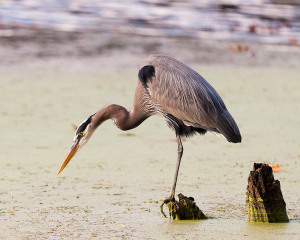 We arrived just in time to see some water birds like this Great Blue Heron in the golden late afternoon light. This fellow was intently watching for his dinner to move close enough for a strike. The sun was moving in and out of heavy cloud cover so conditions were changing rapidly.
We arrived just in time to see some water birds like this Great Blue Heron in the golden late afternoon light. This fellow was intently watching for his dinner to move close enough for a strike. The sun was moving in and out of heavy cloud cover so conditions were changing rapidly.
What a nice relaxing visit with family and an opportunity to see nature and some beautiful wildlife.

